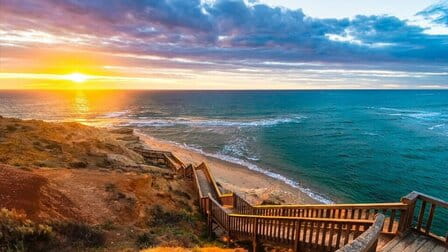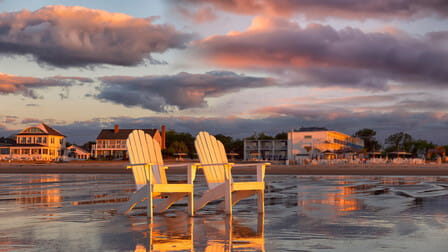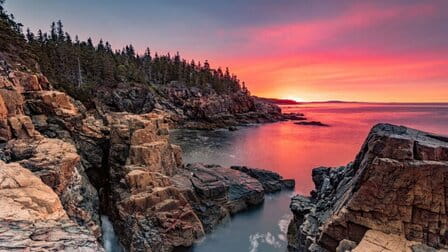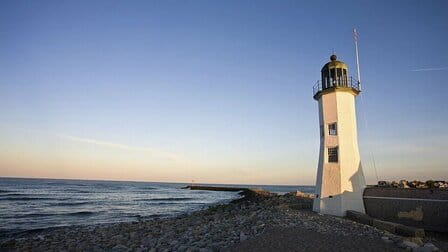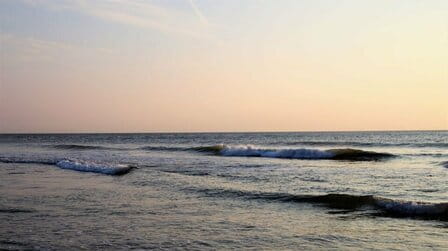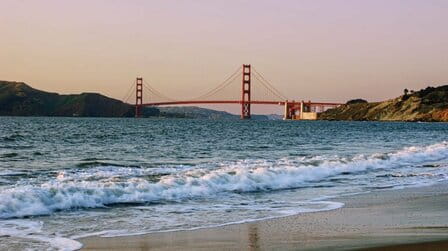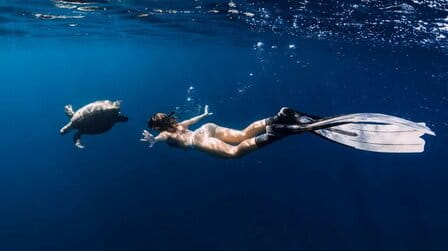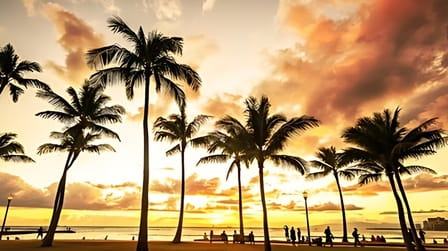Hawaii is a popular tourist destination because of its beautiful beaches and consistent waves. However, beyond the typical tourist attractions, the islands also have a rich and unique cultural legacy that is sometimes overlooked by visitors.
Beyond the conventional hula-themed items and the famed Waikiki, the complex and engaging Hawaiian culture comprises both ancient traditions and contemporary habits.
Here are our top ten interesting facts about Hawaiian culture, so you may learn more about Hawaii's fascinating history.
The art of seafaring has deep historical and contemporary roots in Hawaiian society
Native Hawaiians can be traced back to South and Southeast Asia, where they originated, via the Pacific Ocean and various settlements.
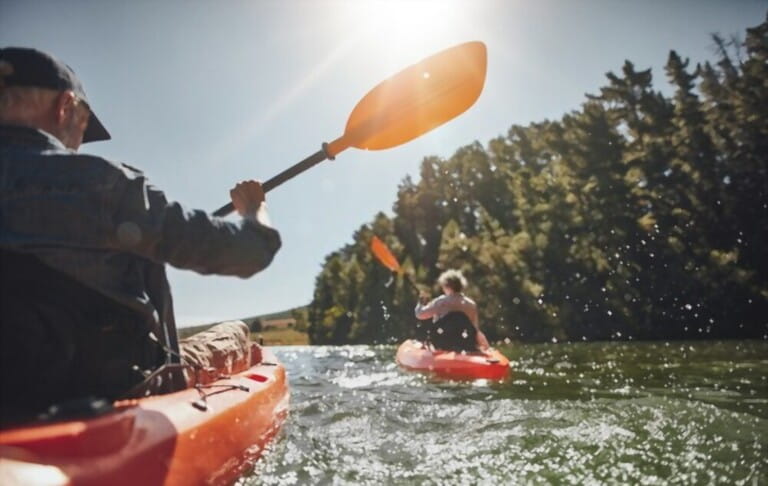
Hawaiian youth still participate in traditional voyaging today, learning to use the stars as a navigational aid without the use of modern technology. Native Hawaiian navigators hone their skills by learning to pinpoint more than a hundred stars, using only a handful to find their way home.
Large double-hulled vessels that can carry several people are used for these trips, not the tiny plastic canoes you might be envisioning.
Despite widespread urbanization, Hawaiian culture has always had strong roots in the countryside
Although most people's mental picture of Hawaii includes surf and sand, traditional Hawaiian culture originated in the countryside.
Growing one's own food and being self-sufficient were valued highly a century or more ago. Keanae is a small community in Maui where many people still choose to live a traditional, agricultural lifestyle.
People in this area continue to practice traditional Hawaiian values by growing taro and living on land that has been in their families for centuries.
Love of the land, or aloha aina, has always been an integral part of Hawaiian culture and continues to this day as a constant reminder of the island nation's reliance on its natural resources.
The proper use of Leis is crucial in Hawaiian society
You've probably heard of Hawaii, and you probably know what a lei is, but you might not know the proper protocol for accepting one.
Many visitors to Hawaii are given leis when they arrive at the airport, but some of them remove them as soon as they board the tour bus, which is considered rude in Hawaiian culture.
It is considered rude to take off a lei in front of the person who gave it to you or in front of other people, especially if you accepted the lei in public. You should wait to take off the lei in secret until the appropriate time comes.
Hawaii was formerly an independent monarchy
One fascinating aspect of ancient Hawaiian culture that is often overlooked is that the islands were previously ruled by monarchs.
After unifying the Hawaiian Islands and conquering their neighbors in the late 18th century, Kamehameha ascended to the throne as Hawaii's first king.
All land in the kingdom belonged to the king, although it was partitioned off into smaller plots during the kingdom's rule.
Local chiefs selected by the king oversaw large tracts of land called ahupua'a, which were subdivided into smaller portions for individual families. Typically, an ahupua'a included all the land and water a person could need, from the highlands to the sea.
Hawaii remained a monarchy until 1893, when Queen Liliuokalani was deposed by the US Missionary Party.
The Taro-based delicacy known as "luau" was a royal delight
You might hear the word "luau" when researching your Hawaiian vacation.
Cook-ups, or enormous feasts, accompanied by music and dance, are a common part of traditional and contemporary Hawaiian culture.
The origin of the word "luau," however, is quite interesting. Paina, meaning dinner party, or aha aina, meaning feast, were the terms used in ancient Hawaiian society to describe these get-togethers.
Hawaiians use taro, which is comparable to potatoes, to make a dish called luau. Hawaiian nobility loved this meal and served it frequently at their lavish gatherings.
Kaho'olawe's multifaceted function - The Sacred Island
Kaho'olawe, also known as the Hallowed Isle, has been used by the Hawaiian people and the governments of Hawaii and the United States for many reasons, not all of which have been religious.
Due to its lack of fresh water and other resources, Kaho'olawe was only ever home to a few hundred people at any given time.
Travelers in search of navigational knowledge and an enhanced ability to decipher celestial signals often made the long voyage to Hawaii during the era of ancient Hawaiian civilization. The perfect place for navigators to learn the lay of the land is atop Kaho'olawe, where they can see five other islands in the distance.
In addition, canoe journeys to Tahiti typically set sail from this island.
Kaho'olawe became a penal colony for life-sentenced inmates shortly after the arrival of Christian missionaries, albeit the colony only lasted for around 30 years. After it, there was a string of failed ranching attempts due to the island's lack of resources.
After the bombing of Pearl Harbor in World War II, the island was transformed into a military base for the United States. The island was used as an explosives testing facility by the military from the start of World War II until 1990.
The island is now under the administration of the State of Hawaii after being cleared of most of its explosive ordnance.
The island is currently being used for the revival and practice of traditional Hawaiian culture and education, and reforestation efforts have been made possible thanks to ongoing volunteer endeavors.
Hawaii is the only US state with two official languages
Both English and Hawaiian are recognized as official languages in Hawaii, which is crucial to native Hawaiians because of the rich cultural history of their language.
In 1896, Hawaii passed a law banning the use of the Hawaiian language in government-funded classrooms.
During this time, significant parts of Hawaiian culture disappeared, and the Hawaiian language was on the verge of oblivion.
Modern visitors to Hawaii are expected to use Hawaiian names for places out of respect for the islands' rich linguistic and cultural history.
The mysterious state of Hawaii
Do you know about Hawaii's mystery and undiscovered island? There are between seventy and one hundred and seventy people living on Niihau, an island that is privately owned.
No one knows how many people live on this uninhabited island since visitors need permission from the island's owners before setting foot on the island.
Niihau's private island history and the motivations for its strong visiting limitations are fascinating aspects of Hawaiian culture. The ancestors of the ruling siblings bought the island from a Hawaiian king on the condition that they would protect the locals from outside interference.
This promise is still in effect, which is why guests need to be invited. Solar or generator power is the only source of electricity on the island, and there are no modern conveniences like supermarkets or running water. Niihau offers a look back in time to the early days of Hawaii.
The name "Forbidden Island" first appeared in 1952, when travelers to Hawaii were required to provide medical documentation proving that they were not infected with polio.
You can encounter some unfavorable results as a result of... they use stones as transportation
One fascinating but superstitious aspect of Hawaiian culture is this: Locals on Hawaii think it's unlucky to take lava rocks from an active volcano.
Numerous lava rocks litter the ground at Hawaii Volcanoes National Park, luring many visitors to take one home as a memento.
Those who risk stealing lava rocks, however, should be wary: ill fate is rumored to follow them. Possibly from those who have experienced the infamous ill luck firsthand, the National Park frequently receives parcels from all around the world carrying lava rocks.
Storing up leftovers is considered polite in Hawaiian culture
Leaving a social event or gathering with the "making plate" gesture is a modern Hawaiian custom.
The term "take-home plate" describes the practice of giving each guest or family some of the party's leftovers to eat later. The logic behind this is that it removes the need for the host to perform any cleaning themselves.
This practice may appeal to you if you enjoy nibbling on something after midnight.
Final thoughts on the Hawaiian Way of Life
The shaka hand gesture, floral print clothing, and surfing are only the surface of Hawaiian culture.
If you go beyond the tourist traps of Waikiki and talk to locals, you can gain a deeper understanding of Hawaiian history and customs as well as present life.

